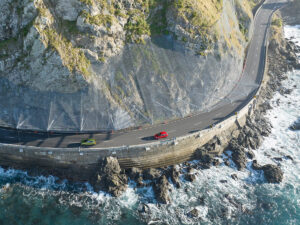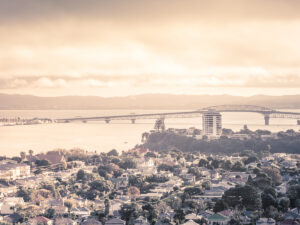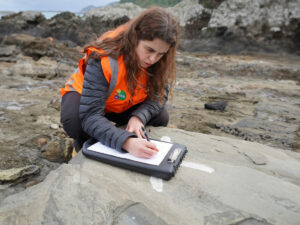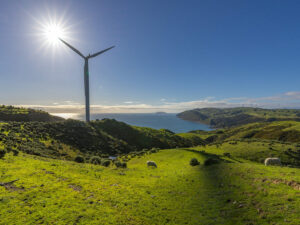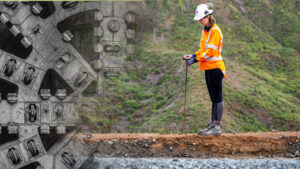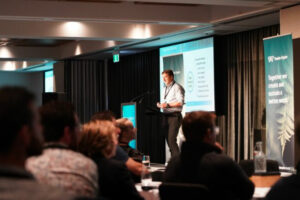Australasian Coasts and Ports Conference, 2013, Sydney
Wave overtopping occurs as waves pass over the coastal edge and flow onto the land behind. This can result in a hazard to vehicles and pedestrians and flooding or damage to the built environment. To date, predictive formulae for overtopping have been primarily developed in a laboratory setting. Comparatively few studies involve the field measurement of overtopping because environmental conditions such as wind and water levels have a large influence on the overtopping rate (amongst many other factors), and the measurement of overtopping discharge is practically difficult due to enormous spatial and temporal variation in overtopping volumes. Show more…This paper discusses key challenges for local government coastal managers in New Zealand relating to overtopping hazard, highlighting a need for pragmatic guidance on monitoring, application within an adaptive management, and assessment of Relative Sea Level Rise (RSLR) effects on future hazard.
Two methods to measure wave overtopping in the field were investigated in this study; using either catch devices that measure volume, or camera monitoring. This paper shows, by considering a site along Tamaki Drive in Auckland, how monitoring and measurements of overtopping is important as part of the Ministry for the Environment (MfE) recommended Dynamic Adaptive Policy Pathway (DAPP) approach to managing associated hazards.
Finally, this study shows how future overtopping hazards associated with RSLR can be assessed by remodelling incremental rises applied to historic water level records. It is found that even small amounts of RSLR can dramatically increase the exposure of coastal communities to overtopping hazards.Show less…



